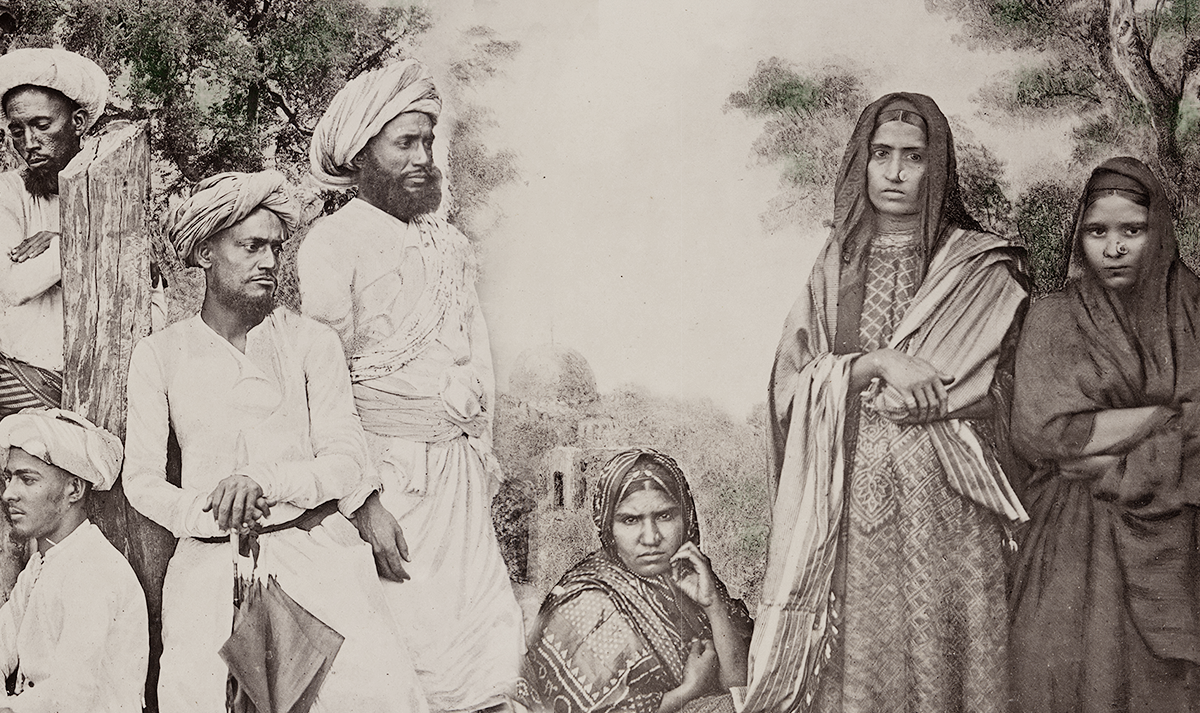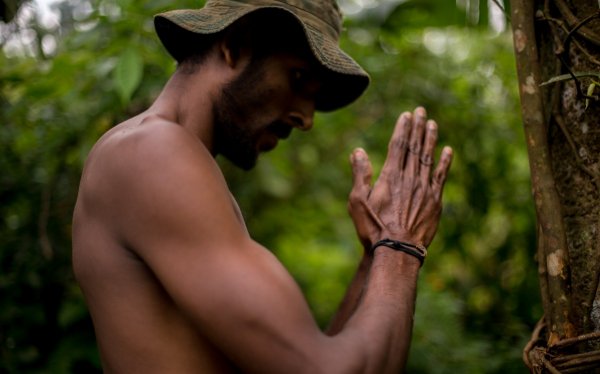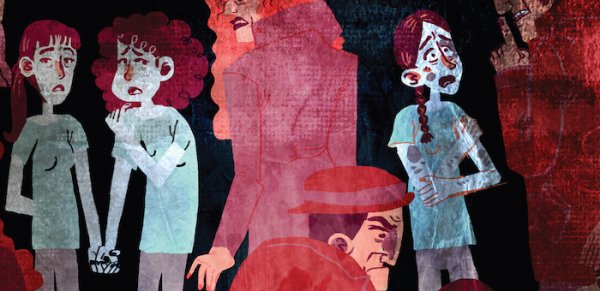
How could a people who arrived on our shores three generations ago as ordinary merchants have established themselves as captains of business and industry today?
Strange but true. This is exactly what the Memons, relatively recent migrants from India, achieved since gaining domicile here in the closing years of colonial rule. Their grandfathers settled down here to set up shop and sell all manner of things from garments to foodstuffs; their more restless fathers, not content with merely selling stuff, took to producing it, resulting in some of the biggest companies we have today like, Brandix, Fergasams, and EAM Maliban Group; and today their sons take the tradition forward with great vigour, expanding to other areas their forebears could never have dreamt of, from e-commerce to mass media and power electronics. This vigorous group has even produced a Member of Parliament in the form of Hussein Bhaila who played a pivotal role during the presidency of Chandrika Kumaratunga, an impressive achievement for a community numbering less than 10,000 persons.

Hussein Bhaila, member of parliament and a prominent Memon. Image courtesy: writer
Pioneers From India
There is something of the pioneer spirit in the Memon. Their story resembles in some respects the story of America’s pioneering European settlers, in that they were prepared to forego their native lands for greener pastures and adapt to the new environment with great ease, in the process contributing immensely to its prosperity.
The Memons migrated to Sri Lanka from various places in Kathiawad Peninsula in Gujarat for purposes of trade, beginning in a small way from about the late nineteenth century and culminating in larger numbers in the early part of the twentieth century. There are around 8,000 Memons today and although a small community, they have accomplished much.

A photograph of a Memon family (Fatanis). Image courtesy: writer.
According to an old legend recorded in the book Abrazul Haq, Abdul Qadir Jilani, the saint of saints who died at Baghdad in 1165, at his deathbed ordered his son Taj-ud-din to settle in India and preach Islam to them. In 1421, Eusuf-ud-din Kadri, a descendant of Taj-ud-din, in a miraculous dream, was told to set sail for Sind and guide its people to the faith. On his arrival, he was received by the local ruler, a chief of the Samma dynasty who had his capital at Nagar-Thatta. The ruler embraced Islam and was followed by one Manekji, the head of the Lohana community who was in favour at the court. His sons and seven hundred Lohana families also embraced Islam and upon their conversion the saint changed the name of the community from Lohana to Moomeen or ‘Believer’; the Memons take their name from this event.
Although originally living in Sind (in fact the Memon language still very much remains a Sindhi dialect), the ancestors of the Memons migrated southwards and eventually settled in Gujarat. Most of those who migrated to Sri Lanka were textile merchants hailing from Kutiyana in the state of Junagadh. These included prominent Memon families like the Admanis, Bhailas, Bhojas, Chanas, Dangras, Gadars, Hingoras, Lakhanis, Magooras, Nagariyas, and Jandulas. The Fatanis hailed from the village of Wadasada and the Somars from Ranavav, not far from Kutiyana. The Hadfas hailed from the town of Upleta, north of Junagadh.
Among other prominent local Memon families are the Beheras, Chomasas, Godils, Helabeliwalas, Kassims, Laheris, Patels, Rangilas, Sanganis, and Zandulas.
Head For Business

An old advertisement for jam sold by Alimohamed Aboobucker. Image courtesy: writer
Business, it is said, is in the blood of the Memons. The earliest Memon businesses dealt mainly in the import and sale of textiles. Among the earliest were A. R. Kareem & Co., established in 1895, Ebrahim Aboobucker & Sons, founded in 1913, and Valimohamed Abdul Rahman & Co set up in 1928. By 1967, there were as many as 220 Memon business houses, with the vast majority in Colombo and others in outstation areas like Galle, Kandy, Jaffna and Matara (Directory of Memon Firms in the Desk Diary of the Memon Association of Ceylon 1967). Most of these firms dealt in textiles such as cambrics, poplins, cotton, linens, and nylons. A few had started to focus elsewhere, such as Alimohamed Aboobucker of Fourth Cross Street, Pettah, who imported quality Iraqi dates under brand names like Swan and Lion of Babylon and exported Ceylon tea as part of the tea-for-dates barter program during the premiership of Dudley Senanayake. Then there was Sirrul Kadheer & Co. Ltd of Barber Street who took to making all types of woodwork and cabinets for radios and radiograms, as may be gathered from the advertisements placed in the 1967 Desk Diary of the Memon Association.
A second generation of Memons looked beyond the horizon and chose to become producers instead of merchants. This resulted in the startup of some of our biggest garment manufacturers today, like Brandix, Timex Garments, Fergasam Industries, Lucky Industries and EAM Maliban Group. There was, however, one man who beat them all to pioneer production in the very first generation. That was Haji Anver Ahamed, the founder of Janatha Garments, whose rags to riches story is still talked about in many a Memon household. Arriving in the island alone at the age of 15 all the way from Porbandar in Gujarat in the late 1940s, he started off as a salesman in a small textile shop in High Street, Wellawatte, before gradually making his way up to become one of the leading entrepreneurs of his community. Janatha Garments, which he started in 1967 with 19 machines, is today one of Sri Lanka’s leading garment exporters and a major forex spinner.
Looking Beyond The Horizon
If there’s one thing that makes the Memons stand out, it’s their rapid evolution from petty merchants to mass producers within a generation or two. Such products have not only found local markets but have made a mark on foreign markets as well.
Take Phoenix Industries, started by Haji Omar, which took to the manufacture of plastic goods. Omar also started Brandix, which became the country’s single largest exporter, producing high-quality garments for the export market. He also ventured into movie making. In 1973 he produced Thushara starring Vijaya Kumaratunga and Malini Fonseka.
The community has had its share of champions, too. Fricky Khan, or Seyed Alimiya Farook to give his real name, was arguably the country’s finest motorcycle racer. It is said he took his stage name of Fricky Khan so his conservative parents wouldn’t find out. They eventually did and came to terms with it. He won the 250cc, 350cc, and unlimited (500cc and over) at the All Asian Grand Prix in 1972. One Indian newspaper headline screamed ‘Daredevil Fricky eats up the Hot Indian Track!”.

Racing Ace Fricky Khan. Image courtesy: writer
More recently, a younger generation of Memons has made inroads into some very happening areas, pioneering research, opening up avenues for businesses to thrive, and educating people through new media. One such is Dr. Moin Hanif, a postdoctoral researcher at Masdar Institute of Science & Technology, Abu Dhabi, who pioneered groundbreaking research in the field of power electronics. Then there’s Salman Gadit, a software engineer now working with Microsoft on Bing and Search History after setting up GoGorilla’s entire software solution from the ground up. Last, but not least, are the scions of the entrepreneurial Kassim family, who founded Expolanka and were also one of the founders of Amana Bank.
Here is a community that’s come a long, long way to contribute meaningfully to our nation and the world, growing businesses, creating opportunities and sharing knowledge. What more could we expect of a people that came to our shores only three generations ago?
Cover image courtesy: Wikimedia commons








